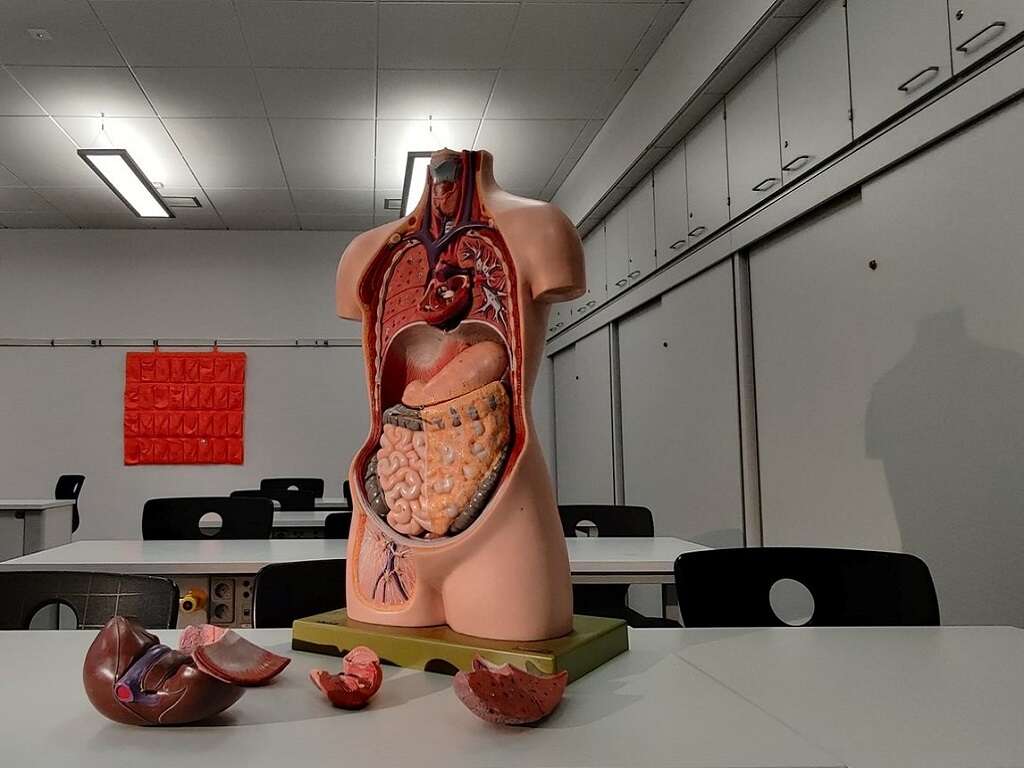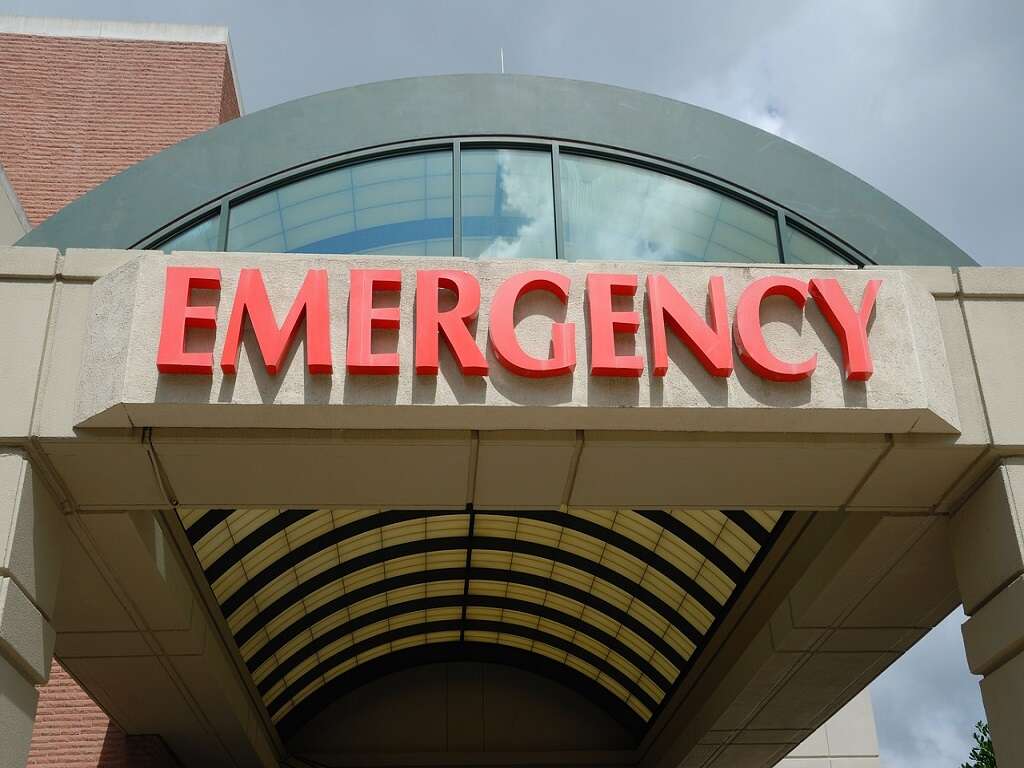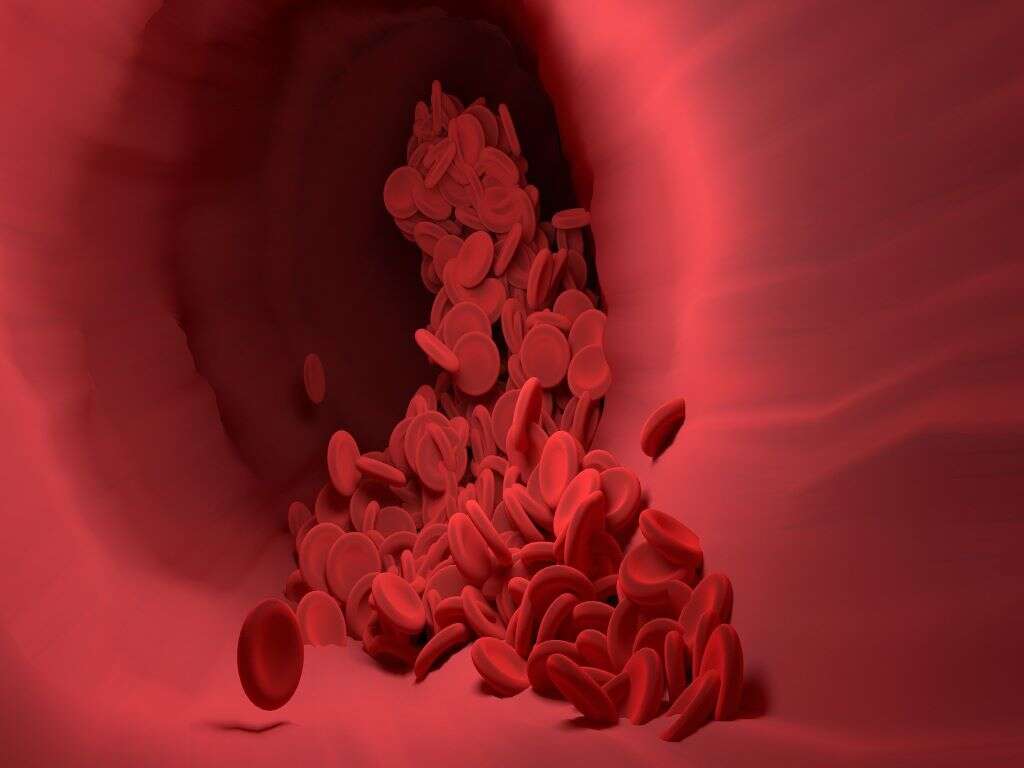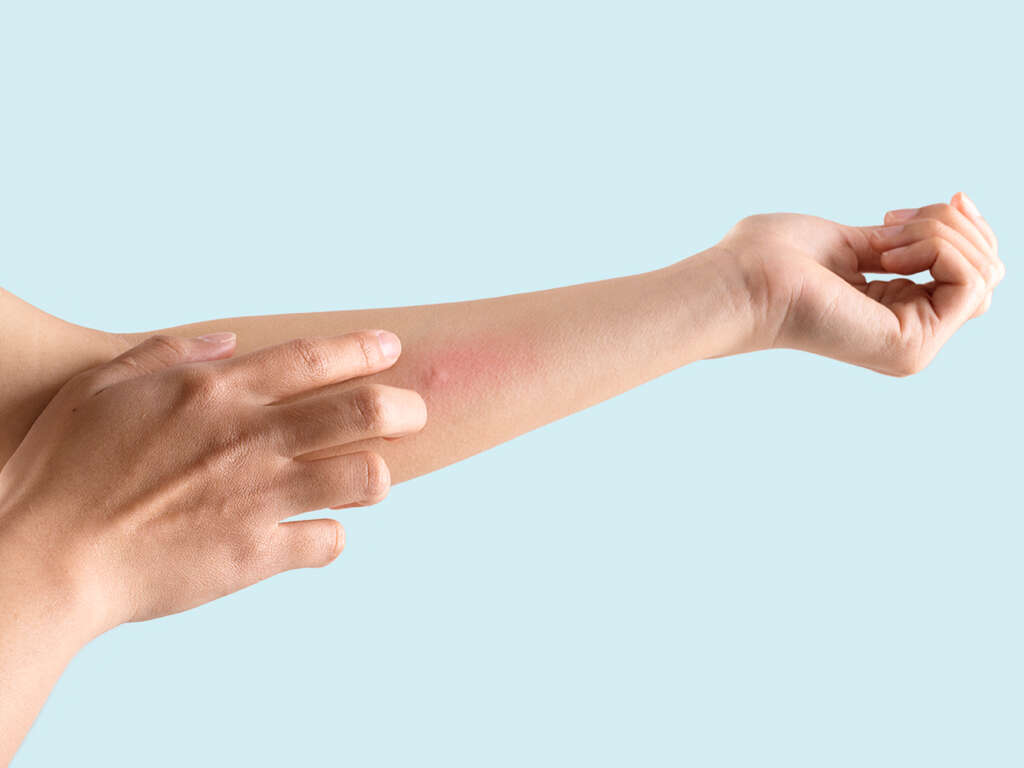10 Flesh Eating Bacteria Symptoms
 Article Sources
Article Sources
- 1. 'Necrotizing Fasciitis: Acting Fast Is Key.' Centers for Disease Control and Prevention, Centers for Disease Control and Prevention, 31 Dec. 2019, www.cdc.gov/groupastrep/diseases-public/necrotizing-fasciitis.html
- 2. 'Get the Facts about Necrotizing Fasciitis: The Flesh-Eating Disease.' APIC, apic.org/monthly/alerts/get-the-facts-about-necrotizing-fasciitis-the-flesh-eating-disease/
- 3. 'Necrotizing Fasciitis.' NORD (National Organization for Rare Disorders), 28 Oct. 2019, rarediseases.org/rare-diseases/necrotizing-fasciitis/
- 4. 'Fever: Symptoms, Causes, Care & Treatment.' Cleveland Clinic, my.clevelandclinic.org/health/symptoms/10880-fever
- 5. 'What Is Sepsis?' Centers for Disease Control and Prevention, Centers for Disease Control and Prevention, 27 Jan. 2021, www.cdc.gov/sepsis/what-is-sepsis.html
Necrotizing fasciitis, better known as flesh-eating bacteria, is a rare but serious medical condition that can spread quickly. Although various types of bacteria can cause the condition, group A strep or Streptococcus pyogenes is a common culprit.
Symptoms may begin with a single red, warm and swollen area on the skin, which expands rapidly and develops into ulcers and pus-oozing lesions. A person may also experience a fever along with fatigue, nausea, diarrhea and dizziness. These symptoms can quickly progress to septic shock and organ failure without immediate medical attention. Hospitalization, IV antibiotics and surgery to remove infected tissue may be necessary.1‘Necrotizing Fasciitis: Acting Fast Is Key.’ Centers for Disease Control and Prevention, Centers for Disease Control and Prevention, 31 Dec. 2019, www.cdc.gov/groupastrep/diseases-public/necrotizing-fasciitis.html,2‘Get the Facts about Necrotizing Fasciitis: The Flesh-Eating Disease.’ APIC, apic.org/monthly/alerts/get-the-facts-about-necrotizing-fasciitis-the-flesh-eating-disease/
Red, Swollen Skin
The name describes what the bacteria does and what area of the body it commonly affects. Necrotizing refers to the death and decay of living tissue, while fasciitis is an inflammation of the tissue under the skin, or fascia.
A common early sign is red, warm and swollen skin. This can occur at the site of a minor cut, an injection, a surgical incision or another skin opening. In rare instances, necrotizing fasciitis can develop due to an injury that doesn't break the skin. As the infection spreads, the skin in the affected area may turn blue or black as tissue dies.
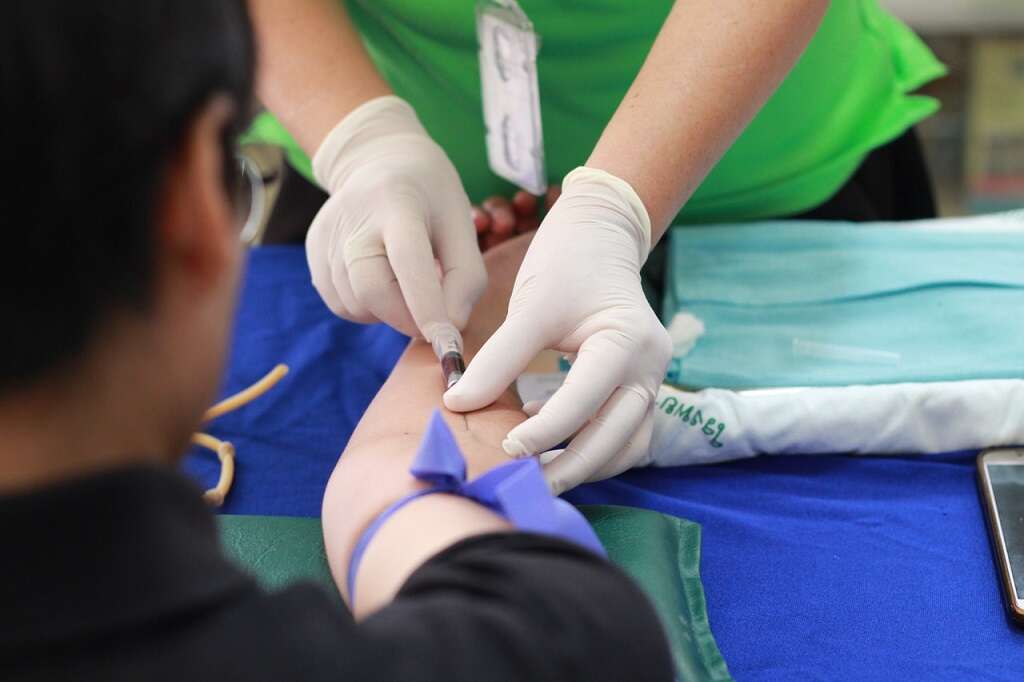
Severe Pain
Flesh-eating bacteria can cause extreme pain in the affected area. The severity of the pain and how quickly the physical symptoms spread can alert both patients and medical professionals of the seriousness of the condition.
The pain may extend beyond the red, swollen area at an infection site, and over-the-counter pain relievers may not help to reduce the discomfort. Individuals who are hospitalized after developing necrotizing fasciitis may receive IV medication to help manage the excruciating pain.

Fever
A fever is common with any infection. The rise in temperature is an indication the immune system is fighting a virus or bacteria, such as necrotizing fasciitis. In addition, the fever may be accompanied by related symptoms, such as chills, sweating and body aches.
Over-the-counter NSAIDs may reduce the fever. However, if the fever exceeds 103 degrees, prompt emergency medical care may be necessary to prevent dangerous complications such as seizures.3‘Necrotizing Fasciitis.’ NORD (National Organization for Rare Disorders), 28 Oct. 2019, rarediseases.org/rare-diseases/necrotizing-fasciitis/,4‘Fever: Symptoms, Causes, Care & Treatment.’ Cleveland Clinic, my.clevelandclinic.org/health/symptoms/10880-fever

Ulcers or Black Spots
As the initial swollen area expands and spreads, dark spots can develop in the affected skin. These can turn black, purple, or red. Within a short time, the dark spots may develop into ulcers or blisters.
As these ulcers form and fill with fluid or pus, other flesh-eating bacteria symptoms may worsen. For example, the pain may become intolerable at this point, which can alert the individual and medical professionals to the severity of infection.

Open Wound With Pus
As the swelling increases around the area of the skin affected by flesh-eating bacteria, ulcers or blisters that have formed may burst. This can result in one or more open wounds that ooze bloody or yellowish fluid and pus.
When this occurs, the person may feel that the extreme pain they've been experiencing is lessening somewhat. However, this may be a sign that nerve endings are dying along with affected tissue.

Fatigue
Flesh-eating bacteria symptoms can take a toll on the body because the immune system is working tirelessly to fight the infection. As a result, individuals with necrotizing fasciitis may feel exhausted.
The tiredness may be extreme. The patient might be unable to leave their bed and may not have enough energy to bathe, eat or complete any meaningful activities. Anyone experiencing extreme fatigue along with a red, swollen and painful area of skin should seek medical help immediately.

Gastrointestinal Issues
The bacteria that causes necrotizing fasciitis hit the body hard and fast. In addition to other symptoms, patients may experience gastrointestinal distress. This may result from the infection, the fever and the body's immune response.
Typical stomach discomfort includes nausea, vomiting, diarrhea and loss of appetite. Additionally, fatigue can reduce the energy necessary to prepare and eat meals. When a person is hospitalized, doctors may help manage gastrointestinal issues with intravenous fluids and medication.

Dizziness
Dizziness may occur because of all the trauma the body is experiencing while fighting flesh-eating bacteria. A high fever, excessive vomiting, diarrhea and dehydration may also cause a person to feel dizzy and disoriented.
Management for all symptoms in a hospital setting may help individuals with dizziness associated with necrotizing fasciitis. As the infection is addressed and the associated fever is reduced, a person may notice less dizziness as they recover.

Sepsis
Sepsis is a flesh-eating bacteria symptom that can cause extensive organ damage and even death. This is a chain reaction of system-wide inflammation that can occur when an infection such as necrotizing fasciitis spreads throughout the body.
A person who develops sepsis may experience low blood pressure, a high heart rate, sweaty skin, shortness of breath, extreme pain and confusion. Anyone with these symptoms should seek medical attention immediately.5‘What Is Sepsis?’ Centers for Disease Control and Prevention, Centers for Disease Control and Prevention, 27 Jan. 2021, www.cdc.gov/sepsis/what-is-sepsis.html

Organ Failure
If the management of flesh-eating bacteria symptoms doesn't stop the spread of the infection and sepsis develops, organ failure may occur. Sepsis can affect any of the body's vital organs, including the heart, kidneys, liver and lungs.
When the organs fail, the body can shut down, leading to death. Because flesh-eating bacteria can spread and become life threatening so quickly, it's vital that a person experiencing any of the symptoms gets immediate medical care before it progresses to sepsis and organ failure occurs.
